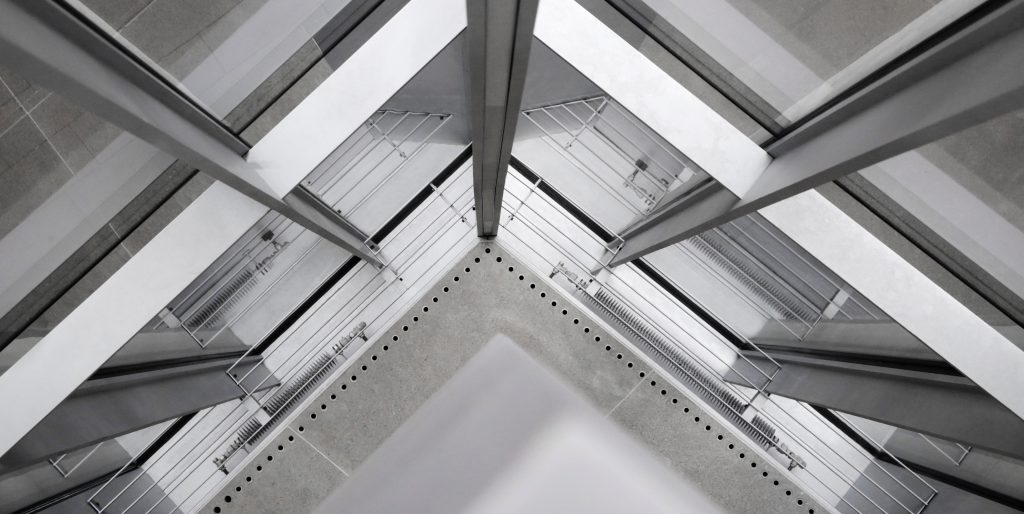A building’s carbon footprint can be reduced before any shovels hit the ground, according to an embodied carbon expert.
Life cycle assessment firm Priopta principal Anthony Pak presented, Canada Declares – How Canadian Architects can begin to address the challenge of halving our annual emissions by 2030, at the Royal Architectural Institute of Canada’s (RAIC) 2020 virtual conference held June 4.
One of the primary sources of greenhouse gas emissions (GHG) in buildings is embodied carbon, Pak said.
“We’re talking about opening the lens of thinking beyond R values to sustainability, embodied carbon and real environmental effects of these materials. It’s not just climate change, it’s the provenance of our decisions and material choices,” he said.
The pace of construction is accelerating across the globe exacerbating the problem.
“Double the building stock of all buildings on the planet is projected by 2060. That’s the equivalent of an entire New York City every month for the next 40 years. Given the amount of construction, we really need to pay attention to materials in buildings,” Pak added.
The standard pattern when building is a “big pulse” of emissions up front, some GHG release from maintenance and then emissions during demolition, Pak said, but there’s also carbon produced by raw material extraction and transport to a worksite as well as after the building has finished its lifecycle.
“We’ve historically focused on energy use during the life cycle (of a building) and neglected the other pieces. As time goes on the embodied carbon becomes a bigger piece of a smaller pie,” he said.
Choice of materials can make a big difference in the amount of embodied carbon in a building but there are many factors that can affect the efficacy of choosing one material over another, Pak said.
Steel, for example, can be produced with either a basic oxygen furnace or an electric arc furnace. Oxygen furnaces are used primarily in Asia and are not as environmentally friendly as electric arc furnaces, the predominant method used in North America.
“Electric arc uses a lot of recycled material and if it’s used in a state or province with a clean hydro supply of electricity, it’s also GHG friendly,” Pak said.
Aluminum is an energy intensive material that requires high electricity use, he added, but it highly recyclable. Wood has a lower impact than either concrete or steel, but there are knowledge gaps when dealing with wood and forest practices can also have an impact, Pak said.
Concentrating on maintenance systems is another primary method for controlling global warming, he said.
“You need to look at different leaks and what kinds of chemicals are in your system. All of our calculations look at a 100-year time horizon but refrigerants and methane have a shorter life span of 20 to 30 years, so they have a higher impact,” Pak said.
“Mechanical system improvements aren’t usually calculated in our studies. We’re looking at structures and the building envelope, but they’re important because we need to look at replacement cycles and over time those pieces can be more significant than the embodied carbon itself.”
The biggest driver for dealing with embodied carbon is policy from around the globe, he noted.
“LEED v 4.1 has a life cycle reduction action credit that addresses embodied carbon. The City of Vancouver as part of its climate emergency response has said by 2030 embodied carbon will be reduced by 40 per cent. That is a regulation and not a recommendation,” he said.
Pak has also started an embodied carbon awareness and advocacy group called ECN Vancouver which is a member of the Carbon Leadership Forum, a network of more than 2,000 members from more than 30 countries.
In September 2019 the RAIC issued the Canadian Architectural Professionals Declare Planetary Health Emergency and Commit to Urgent and Sustained Action declaration calling on all Canadian architectural and design firms to commit to fighting climate change. The organization previously added its signature to a letter of support for a Pan-Canadian framework to reduce emissions in the building sector and participates in the Architecture 2030 Challenge, an international push to halt global warming at 1.5 C through design and building practices.











Recent Comments